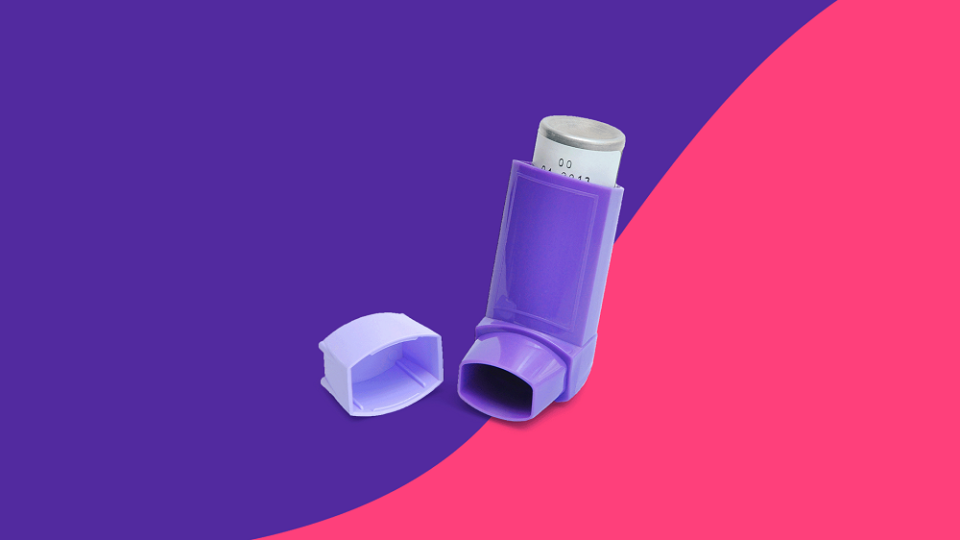Asthma is certainly not a new disease. In fact, it is common as you yourself might at least know a person or two that is diagnosed with asthma. Remember during Pendidikan Jasmani dan Kesihatan (PJK) subject or PE class in school, you might have seen your classmates or yourself sitting on the field side and not playing sports because of asthma history? You may have seen when a person with asthma attacks uses an inhaler or nebulizer to ease symptoms immediately. There are several kinds of medicine used to treat breathlessness symptoms such as SPIRIVA RESPIMAT 2.5 mcg. The question now is, is this Spiriva good for asthma or COPD (chronic obstructive pulmonary disease)?
Asthma and COPD is marked by breathlessness symptoms. The differences lie in asthma that occurs in all ages and COPD is usually in older people especially those with a history of smoking or constantly exposed to irritants in the air. Since breathlessness symptoms can be distressing and even deadly, there is a need for fast acting medication that acts as a relief. Spiriva is not meant to be used as a quick treatment to relieve the symptoms but that does not mean it is not good for asthma and COPD.
Spiriva is good for asthma and COPD as it helps to control the symptoms. Hence, Spiriva is known as a long-acting bronchodilator. Bronchodilators work by relaxing the muscles in the lung and along the airways. This helps to expand the airway. Spiriva contains tiotropium bromide which possesses anticholinergic properties. It is known as a long-acting bronchodilator as the effects last for at least 12 hours which is in contrast with the short-acting bronchodilators that last around 4 hours. Hence, Spiriva is used to help control breathlessness in asthma and COPD. It is usually prescribed for those aged 6 and above as a maintenance treatment.
In order for patients to reap the full benefits of this medicine, patients need to use it regularly. The full effectiveness of the drug will be significant after several doses. The recommended dose is 5 mcg or 2 puffs that is taken once daily. It is best to take it at the same time of the day to help patients remember. Patients should not inhale more than 2 sprays in 24 hours. It is important to prime the inhaler when using it for the first time or the inhaler has not been used for more than 3 days. Priming helps to ensure the medicine content is mixed well with the propellant and provides the full dose of the medicine. To prime, simply spray the medicine 3 times into the air. The inhaler is considered ready to be used when a slow-moving mist is visible.
Spiriva is good for asthma and COPD but that does not mean there is no possible side effect. Common side effects include dry mouth, sore threat, dizziness, headache and sinus infection. Should a person using Spiriva experience dizziness or blurred vision, the person should be careful when working with machines or driving vehicles on their own. If any side effects occur or get worse, the patient should let their healthcare provider know. Patients with other medical conditions such as men with enlarged prostate, blockage in bladder or difficulty passing urine and anyone with kidney problems or glaucoma, patients need to inform their doctor as such conditions usually use medicine with anticholinergic properties. This means that there is a possibility of adverse drug reaction, high chance for side effects or worsening symptoms.
In essence, SPIRIVA RESPIMAT is indeed good for asthma and COPD. It should be used on a regular basis to ensure full drug effectiveness. Knowing how to prime an inhaler can provide additional assurance that the medicine used is functioning properly. Side effects are usually mild and most people do tolerate well with this medication. However, in rare occurrences, serious side effects such as allergic reaction, breathing difficulties getting worse after using the medication or eye pain should be taken seriously and patients need to get themselves to the emergency room as soon as possible.
Patients prescribed with Spiriva not only need to know how to use this medication. Patients with asthma or COPD usually are given with more than one type of medication. Patients need to understand the differences between short-acting and long-acting bronchodilators. This will ensure patients will use the bronchodilator for the right purpose and the right time. Short-acting bronchodilators are used as a rescue inhaler as it works fast to relieve symptoms and long-acting bronchodilators are used as a maintenance treatment as it helps to improve the lungs and airways function in the long run. Patients should not only use medication but also to take preventative measures such as identifying triggers and avoiding it. Patients should also understand that there is no cure for asthma and COPD but there is treatment or medical management to help control and improve the symptoms.
Also read – Dengue Prevention.

